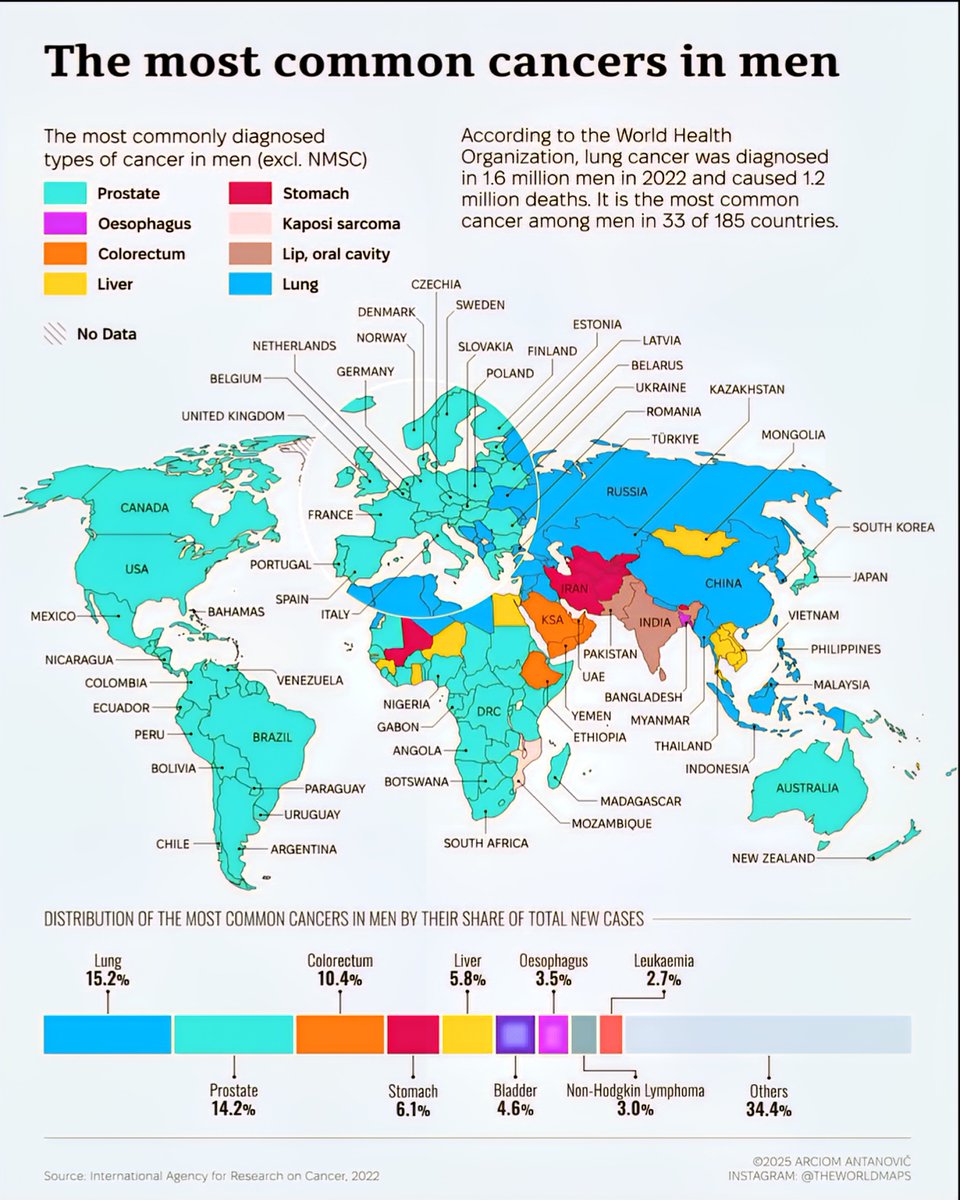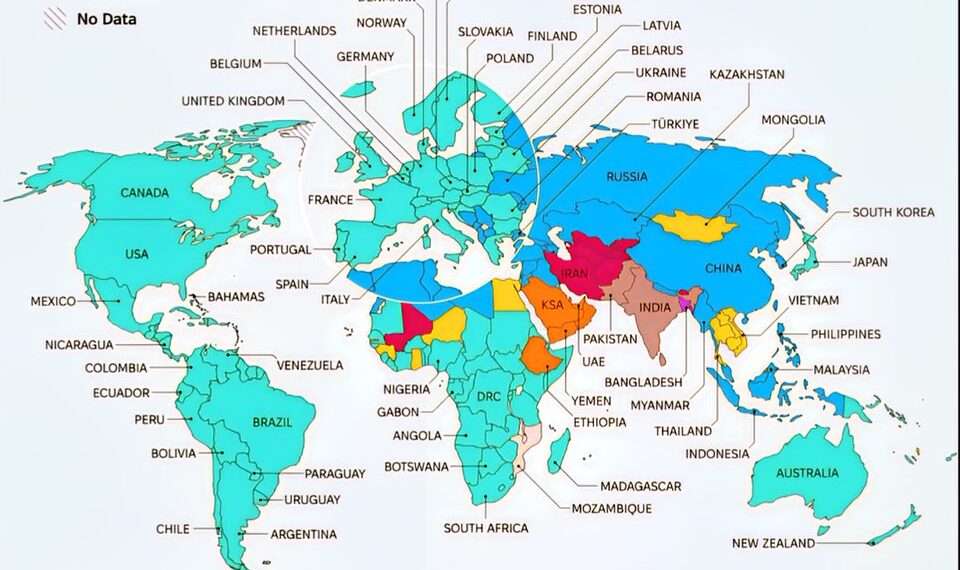Select Language:
Many men often overlook the importance of regular health screenings, which can lead to late detection of serious illnesses like cancer. Staying informed about the most common cancers affecting men is crucial for early diagnosis and effective treatment. Below are the key types of cancers that men should be aware of in 2025.
Prostate Cancer: The Leading Threat to Men’s Health
Prostate cancer remains the most commonly diagnosed cancer among men in the United States. It primarily affects men over 50, with risk factors including family history, ethnicity, and age. Screening options like PSA tests and digital rectal exams are vital tools for early detection. If diagnosed early, the survival rate is high, but late-stage prostate cancer can significantly impact quality of life. Men are encouraged to discuss screening procedures with their healthcare providers starting around age 40 or 45, especially if they have risk factors.
Lung Cancer: The Deadliest Cancer for Men
Lung cancer causes the highest number of cancer-related deaths among men worldwide, largely due to smoking and exposure to carcinogens. Symptoms often don’t appear until the disease has advanced, underscoring the importance of prevention and early detection. Quitting smoking, reducing exposure to harmful substances, and getting regular imaging scans such as low-dose CTs for high-risk individuals can save lives. If caught early, treatment options improve drastically, emphasizing the importance of awareness and proactive health choices.
Colorectal Cancer: A Preventable Menace
Colorectal cancer ranks as the third most common cancer diagnosed in men. Lifestyle factors—such as poor diet, obesity, sedentary behavior, and smoking—contribute significantly to risk. Routine screenings like colonoscopies starting at age 45 can detect polyps before they develop into cancer, making prevention possible. Symptoms like changes in bowel habits, blood in stool, and persistent abdominal pain should prompt immediate medical consultation. A healthier lifestyle combined with regular screenings can dramatically lower the risk.
Bladder Cancer: An Often Overlooked Threat
Bladder cancer is more common in older men, especially those with a history of smoking or exposure to certain chemicals in the workplace. Its primary symptom is blood in the urine, which people often dismiss as insignificant at first. Early diagnosis through cystoscopy and urine tests can lead to successful treatment. Men with risk factors should discuss any unusual symptoms with their healthcare providers and undergo preventative screenings when recommended.
Skin Cancer: The Rising Challenge
While often associated with sun exposure and skin damage, men are disproportionately affected by certain types of skin cancers such as melanoma. The irregular shape, color changes, or new growths on the skin are warning signs. Regular self-examinations and dermatologist visits are crucial for early detection. Protecting skin with sunscreen, wearing protective clothing, and avoiding tanning beds are simple yet effective prevention strategies.

Testicular Cancer: Typical in Younger Men
Although less common, testicular cancer often affects men between the ages of 15 and 35. It is highly treatable when detected early. Regular self-exams to check for swelling, lumps, or pain in the testicles can facilitate prompt medical response. Men should be familiar with how their testicles normally feel to identify any unusual changes and seek assessment without delay.
Hepatocellular Carcinoma: Liver Cancer Increasing in Prevalence
Liver cancer is rising among men, often linked to chronic hepatitis infections, alcohol abuse, or fatty liver disease. Prevention through vaccination (for hepatitis B), reducing alcohol intake, and managing liver health are essential steps. Early detection involves blood tests and imaging scans, especially for high-risk groups. Addressing underlying health issues can prevent the development of this aggressive cancer.
Conclusion
Awareness and early detection are the cornerstones of combating the most prevalent cancers in men. Regular screenings, adopting healthier lifestyles, and paying attention to bodily changes can significantly reduce risks. Staying proactive with health checkups, especially for those with risk factors, can lead to better outcomes and prolonged, healthier lives in 2025 and beyond.






